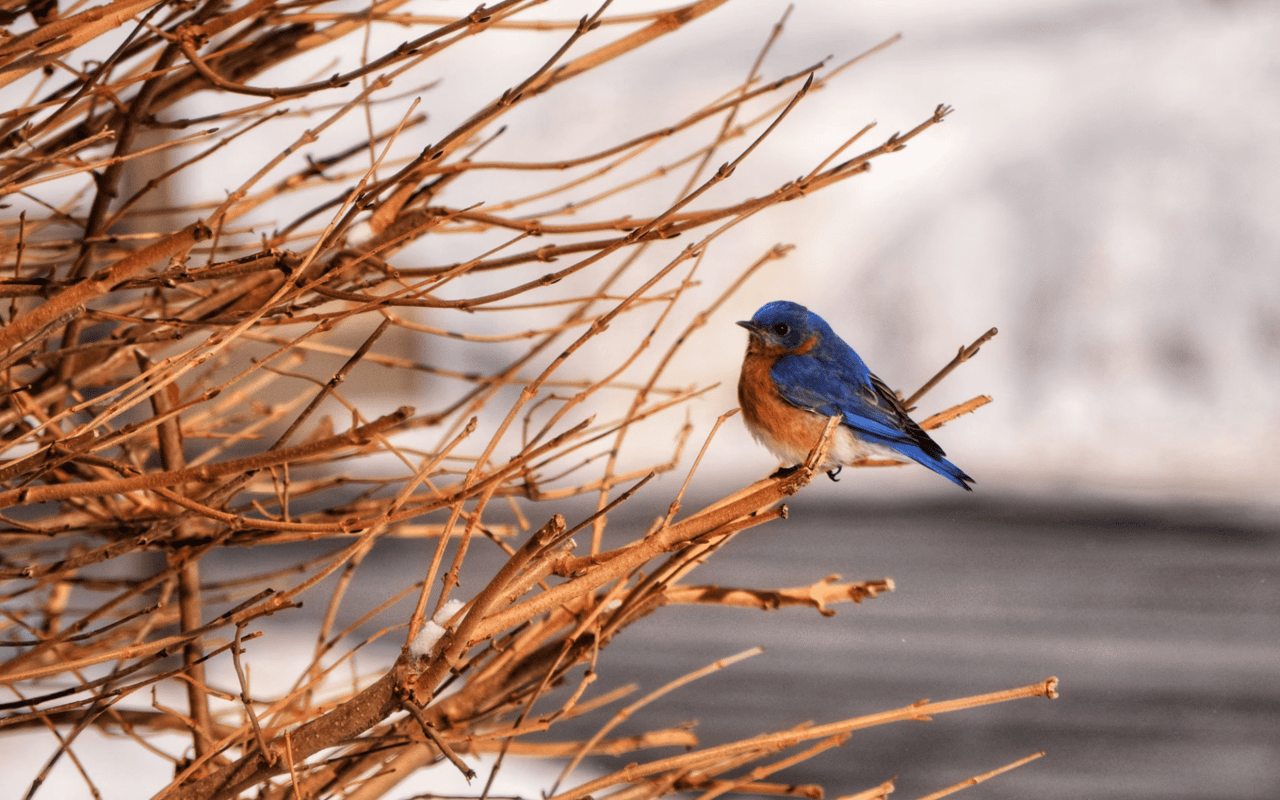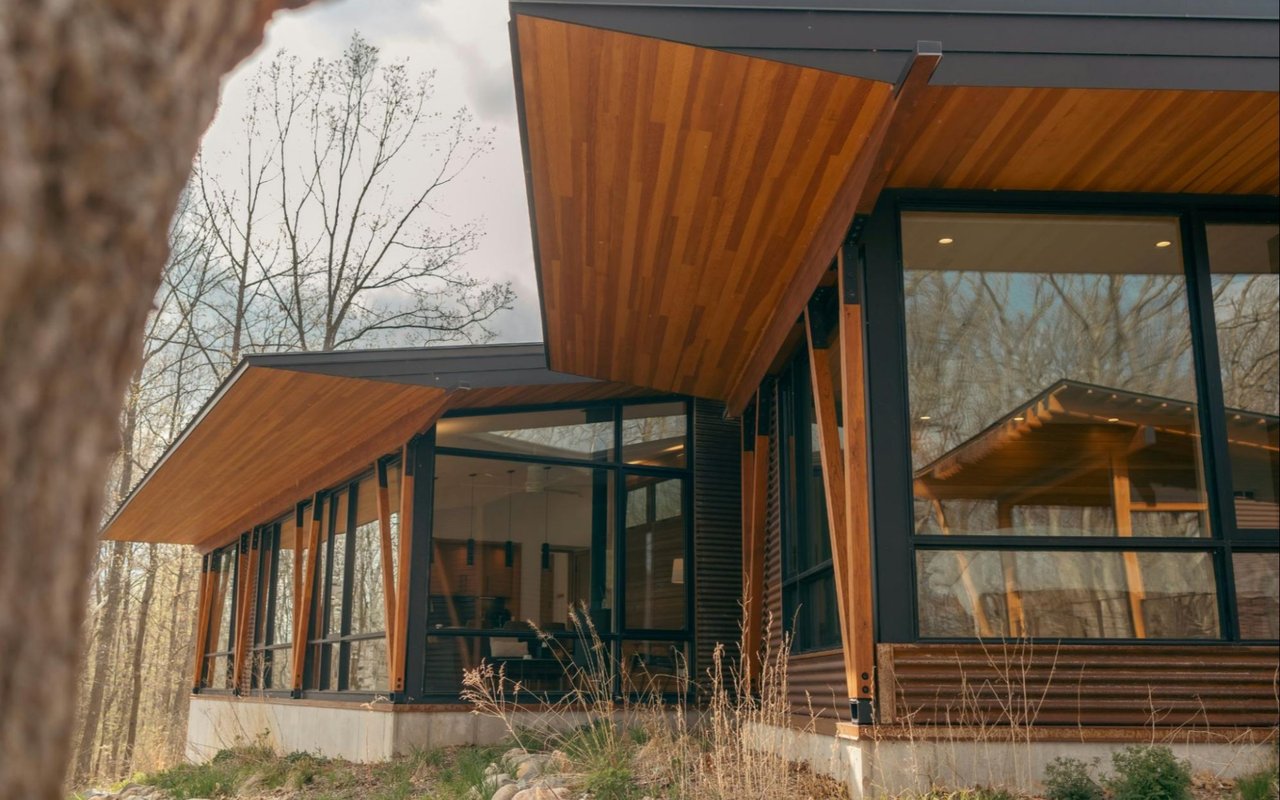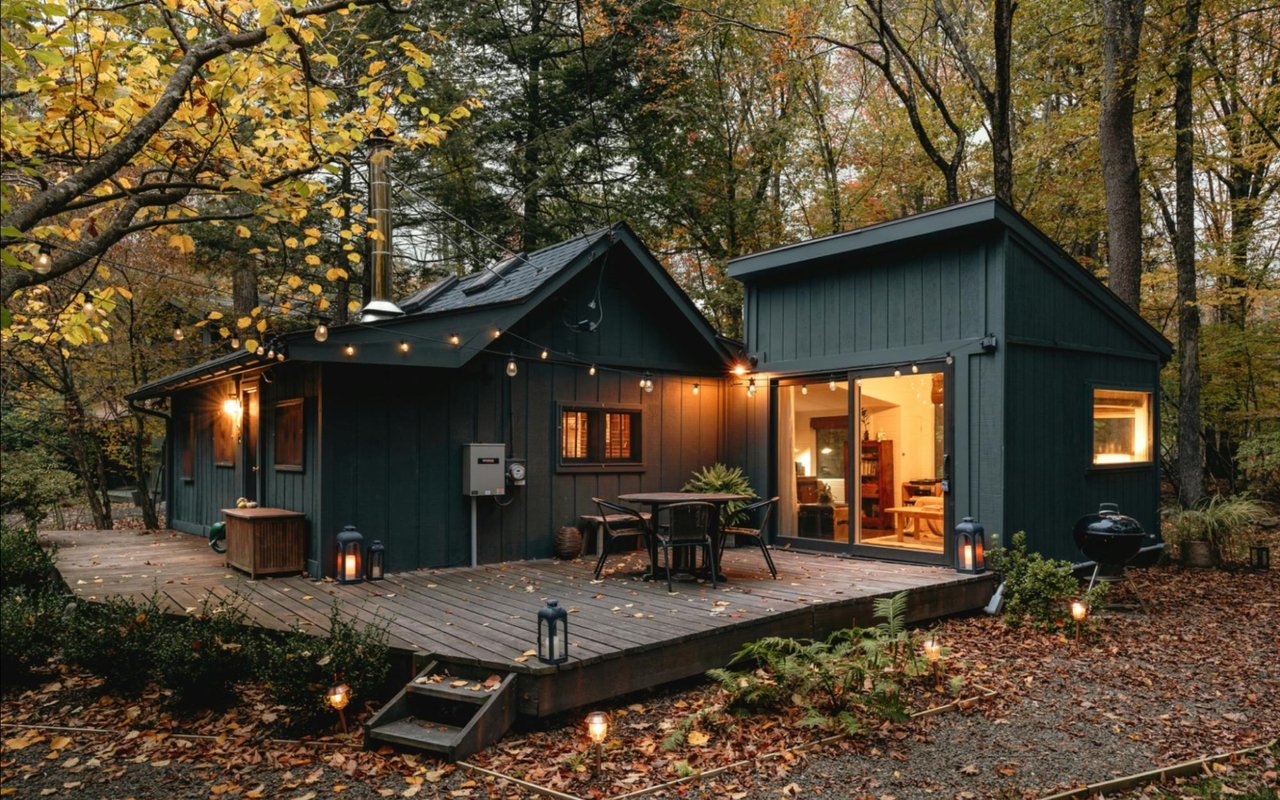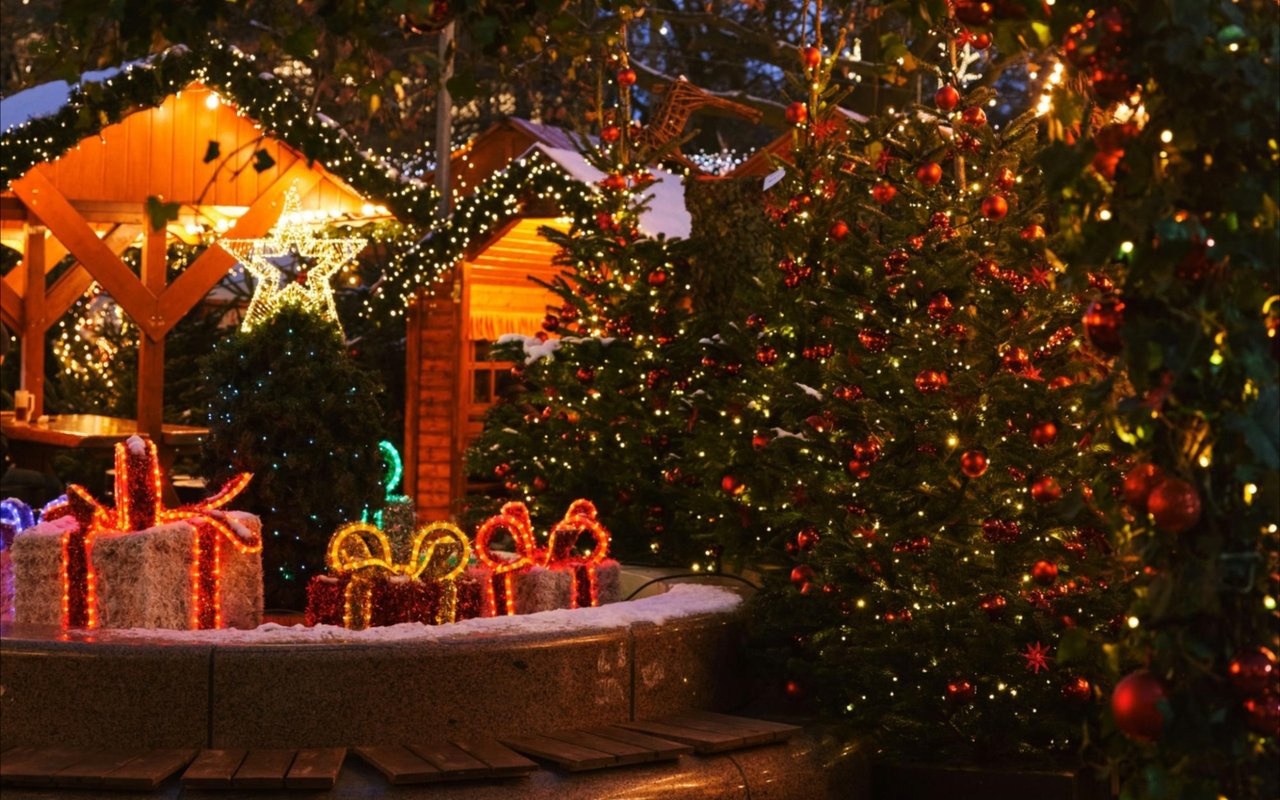As the warmth of spring thaws the rugged landscape of Telluride, Colorado, the region blossoms into a sanctuary for birdwatchers. The melting snows and burgeoning greenery bring with them a symphony of bird calls as many species return to or pass through this scenic valley. From the echoing songs of warblers in the forests to the majestic flight of raptors above, Telluride becomes a theater of avian activity that captivates both the amateur and the seasoned ornithologist. This article offers a detailed exploration into birdwatching in Telluride during the vibrant spring season, providing tips on where to go, what you’ll see, and how to make the most of your birdwatching experience.
The Arrival of Spring and Birds
Spring in Telluride is marked by a gradual yet undeniable transformation as daytime temperatures rise and the natural world reawakens. This change cues the arrival of a variety of bird species, making it an ideal time for birdwatching. The mix of mountainous terrain, meadows, and water bodies provides diverse habitats that attract different bird species. Early spring sees the return of migratory birds, while the local species begin their mating displays and calls, creating a lively atmosphere for birdwatchers.
Prime Birdwatching Locations in Telluride
-
Valley Floor: This expansive preserve offers a blend of wetlands, rivers, and open fields. It is an excellent spot for viewing waterfowl and migratory songbirds. Species such as the American dipper, known for its unique aquatic feeding techniques, and the vibrant yellow warbler can be frequently spotted.
-
San Miguel River: Following this gentle river provides opportunities to observe riparian birds. Keep an eye out for the elusive belted kingfisher and the graceful great blue heron. The river’s corridor is not only a pathway for birds but also offers serene spots perfect for setting up with binoculars and cameras.
-
Aldasoro Ranch: Situated slightly above the town, this area is known for its raptor sightings. Springtime is particularly thrilling as birds of prey, including red-tailed hawks and golden eagles, are seen soaring in search of mates and nesting sites.
-
Bear Creek Preserve: Accessible via a trail that promises not only great exercise but also great birdwatching, Bear Creek is a haven for forest-dwelling birds. The dense woods are alive with the calls of mountain chickadees and the drumming of hairy woodpeckers.
Tips for Successful Birdwatching
-
Timing is Key: Early morning is typically the best time for birdwatching, as many birds are most active during the first hours after dawn. Additionally, the lighting is excellent for photography during these early hours.
-
Silence and Patience: Birds are easily startled by noise. Move slowly, speak softly, and be patient. Sometimes, remaining in one good location can yield better observations than moving frequently.
-
Proper Gear: A good pair of binoculars is essential for birdwatching. Opt for ones with at least 8x magnification. A field guide to North American birds can also help identify species and understand their behaviors.
-
Dress Appropriately: Wear layers that you can add or remove as temperatures fluctuate. Opt for clothing that blends with the environment—muted greens, browns, and grays.
-
Record Your Sightings: Keeping a journal of your birdwatching experiences can be rewarding. Note the species, behavior, and location of sightings. This helps in tracking migration patterns and enhances your birdwatching skills over time.
Birdwatching Ethics
As birdwatching grows in popularity, it’s crucial to practice it responsibly to minimize impact on wildlife. Adhere to the following guidelines:
- Keep a Respectful Distance: Avoid getting too close to birds, especially during their nesting season. Use your zoom lens or binoculars to observe from a distance.
- Stay on Trails: This helps protect both the natural habitat and the birds themselves. Going off-trail can lead to nest disturbances or habitat damage.
- Do Not Feed the Birds: Feeding birds can alter their natural behaviors and diet. Observe them as they engage in their natural activities for a more genuine experience.
Engaging with the Local Birdwatching Community
Telluride’s birdwatching community is vibrant and welcoming. Participating in local birdwatching events can enhance your experience. These gatherings are opportunities to meet fellow bird enthusiasts, share insights, and learn from more experienced birdwatchers. Check local nature centers or conservation groups for scheduled bird walks or talks.
Conclusion
Spring in Telluride offers a unique and mesmerizing birdwatching experience as the landscape transforms into a bustling hub of avian activity. By exploring the recommended locations with the right gear and respect for nature, birdwatchers can immerse themselves in the beauty and diversity of avian life. Whether you are cataloging every species seen or simply enjoying the presence of these splendid creatures, birdwatching in Telluride will surely provide an enriching connection to nature.
Partner with The JW Group
Ready to discover your dream property in the heart of Telluride? Don’t wait any longer! Connect with
The JW Group, Telluride Real Estate Team today and start your journey towards owning a piece of paradise in one of Colorado's most breathtaking locations. Our expert team is dedicated to guiding you through every step of the process with unmatched professionalism and local knowledge.
Contact the team today to explore your options and make Telluride your new home or getaway destination.










